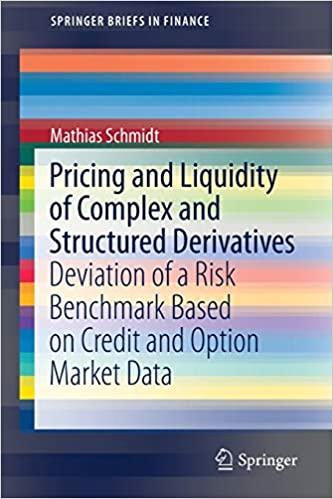my question is Q1, payback periods ans net present value, thank you!

Chapter 9 Net Present Value and Other investment Criteria 9.3 Here we need to are we need to calculate the ratio of average net income to average book value to get the AAR. Average net income is: Average net income = ($2.000 + 4,000 + 6,000)/3 $4.000 Average book value is: Average book value = $12,000/2 = $6,000 So the average accounting return is: AAR = $4,000/6,000 = 66.67% This is an impressive return. Remember, however, that it isn't really a rate of return like an interest rate or an IRR, so the size doesn't tell us a lot. In particular, our money is probably not going to grow at a rate of 66.67 percent per year, sorry to say. CONCEPTS REVIEW AND CRITICAL THINKING QUESTIONS 1. Payback Period and Net Present Value [LO1, 2] If a project with conventional cash flows has a payback period less than the project's life, can you definitively state the algebraic sign of the NPV? Why or why not? If you know that the discounted pay- back period is less than the project's life, what can you say about the NPV? Explain. 2. Net Present Value [LO1] Suppose a project has conventional cash flows and a positive NPV. What do you know about its payback? Its discounted payback? Its profitability index? Its IRR? Explain. 3. Payback Period [LO2] Concerning payback: a. Describe how the payback period is calculated, and describe the information this measure provides about a sequence of cash flows. What is the payback criterion decision rule? b. What are the problems associated with using the payback period to evaluate cash flows? c. What are the advantages of using the payback period to evaluate cash flows? Are there any circumstances under which using payback might be appropriate? Explain. 4. Discounted Payback (LO3] Concerning discounted payback: a. Describe how the discounted payback period is calculated, and describe the in- formation this measure provides about a sequence of cash flows. What is the dis- counted payback criterion decision rule? b. What are the problems associated with using the discounted payback period to evaluate cash flows? c. What conceptual advantage does the discounted payback method have over the regular payback method? Can the discounted payback ever be longer than the








